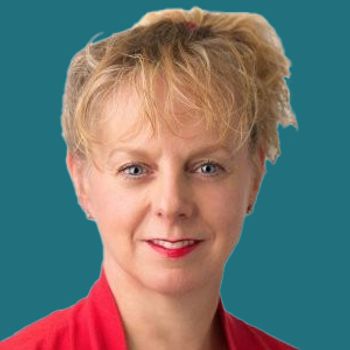
(P062) SUVmax and Early Radiographic Changes as Prognosticators for Progression-Free Survival in Non–Small-Cell Lung Cancer Treated With Stereotactic Body Radiation Therapy
In patients with non–small-cell lung cancer (NSCLC) treated with stereotactic body radiation therapy (SBRT), there are few established predictors of outcomes. Pretreatment maximum standardized uptake value (SUVmax) has recently been debated as a prognosticator of progression-free survival (PFS). Here, we present a retrospective series with up to 86 months follow-up evaluating potential prognosticators of outcomes.
Zachary D. Horne, MD, Paul P. Koffer, MD, Albert Yuen, MD, Michael L. Haas, MD; Reading Hospital Medical Center
Background: In patients with non–small-cell lung cancer (NSCLC) treated with stereotactic body radiation therapy (SBRT), there are few established predictors of outcomes. Pretreatment maximum standardized uptake value (SUVmax) has recently been debated as a prognosticator of progression-free survival (PFS). Here, we present a retrospective series with up to 86 months follow-up evaluating potential prognosticators of outcomes.
Materials and Methods: Patients with primary stage I NSCLC (n = 80; median age 78 years; T1a = 33, T1b = 28, and T2a = 19) (American Joint Committee on Cancer [AJCC] 7th ed) were treated with SBRT between 2006 and 2013 at a regional medical center. All patients underwent motion studies to determine need for respiratory gating and were treated over a median of 9 days (range: 4–21 d). Survival curves were estimated using the Kaplan-Meier method, with the log-rank test and Cox proportional hazards regression utilized for univariate and multivariate analyses. Chi-square test and Pearson’s correlation were utilized to establish correlations between variables.
Results: The median follow-up was 21 months (range: 4.4–86.4 mo). Actuarial local (LC), regional (RC), and distant control (DC) at median follow-up was 96.3%, 92.5%, and 88.8%, respectively. Overall survival (OS) and progression-free survival (PFS) at median follow-up were 80% and 85%, respectively, with median OS of 43.5 months. Median PFS was not reached. Cancer-specific survival (CSS) at 2 and 5 years was 100% and 96.3%, respectively. Median time to initial follow-up CT scan was 1.8 months (range: 0.5–8.8 mo), with a median percent size reduction (PSR) of 22% (range: 36%–100%). On univariate Kaplan-Meier analysis, LC differed significantly by histology (P = .047). PFS was predicted to be worse by an SUVmax cutoff of 5.0 (P = .022) and, paradoxically, tumor reduction greater than the median percentage at first imaging (P = .025). As continuous variables, SUVmax and PSR at first follow-up remained significant for PFS on univariate Cox regression analysis (P = .008 and P = .049, respectively). Eleven percent of patients with < 22% tumor reduction progressed, while 36% of patients with > 22% tumor reduction progressed (P = .009), with the majority in the latter group being distant failures (P = .08). On multivariate analysis, SUVmax was the only significant predictor of improved PFS (P = .036), LC (P = .049), and DC (P = .032). SUVmax and PSR were found to be correlated by dichotomous comparison in two-sided chi-square (P = .026) and continuous comparison by one-tailed Pearson’s correlation (R = .224; P = .030).
Conclusions: SBRT is the standard of care in nonsurgical patients with early-stage NSCLC. Patients in this series with highly metabolic tumors experienced a greater degree of size reduction at first follow-up CT and appear to be at higher risk of progressive disease. Increased tumor reduction at first follow-up CT may serve as a trigger for closer observation or potential intervention. Higher pretreatment SUVmax may serve as a risk-stratifying variable in future studies evaluating the integration of systemic therapy with SBRT for early-stage NSCLC.
Newsletter
Stay at the forefront of cutting-edge science with CGT—your direct line to expert insights, breakthrough data, and real-time coverage of the latest advancements in cell and gene therapy.











































